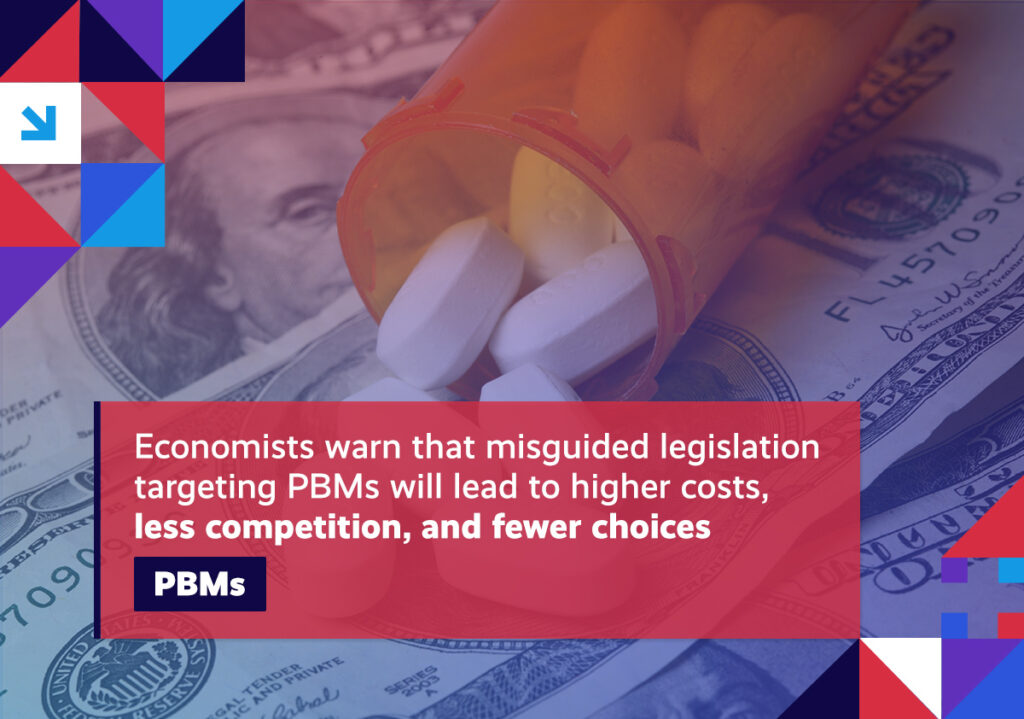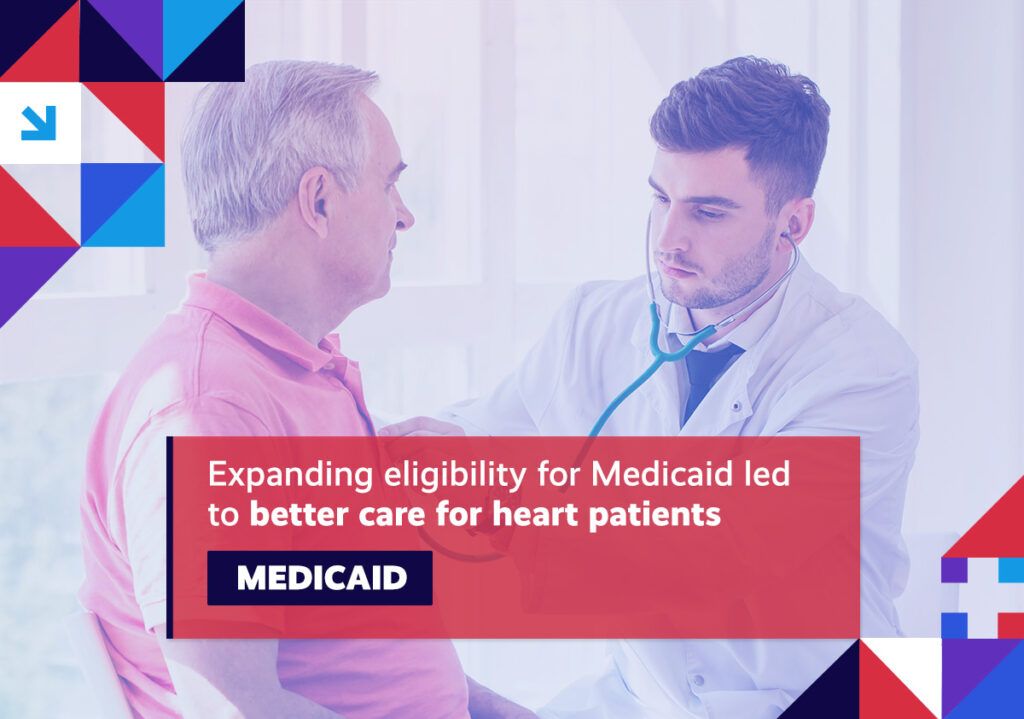A quick roundup of the issues driving the healthcare reform conversation.
Item of the Week

Spotlight
HOSPITAL CONSOLIDATION Large hospital systems are getting even larger, threatening patient access to affordable, quality healthcare.
Quick takeaway: Hospital systems in the U.S. are increasingly behaving like monopolies, eliminating competition and severely limiting consumer choice.
Further context: As recently as 2021, it was estimated that hospitals – by themselves – constituted nearly one-third of overall health spending in this country, equaling 5.6 percent of GDP.
Worryingly, health system consolidation has only made things more concentrated. In fact, three-quarters of markets are considered highly consolidated. Digging even deeper, 90 percent of America’s major urban areas now have little to no hospital competition at all.
What it means: Across the country, huge health systems monopolize care – top to bottom – in many cities, states, and even entire regions. Not only does this lead to higher prices, it also decreases patient choice, impedes innovation, and erodes quality.
Rx POLLING Voters overwhelmingly hold drugmakers accountable for out-of-control prescription drug prices.
Quick takeaway: A new poll shows the vast majority of Americans reject efforts by Big Pharma to shift blame for rising drug prices.
Digging deeper: Key takeaways from the survey include:
- Nearly 70 percent of respondents are concerned about prescription drug prices
- One-third say they or a family member had financial difficulty affording a prescribed medicine in the past 12 months
- 58 percent name pharmaceutical companies as being most responsible for rising prices
- 87 percent agree that lawmakers “should reject the pharmaceutical industry’s blame game targeting others in the supply chain”
What it means: Overwhelmingly, respondents supported proposals aimed at lowering drug prices (Affordable Prescriptions for Patients Act) or increasing list price transparency (FAIR Drug Pricing Act).
GENE THERAPY New gene therapies offer potential hope – at astronomically high prices.
Quick takeaway: Although gene therapy research has led to some discoveries, the price tags associated with these treatments are significant barriers to access.
Digging deeper: As their name suggests, gene therapies target genes to alter biological properties for therapeutic use. These have quickly become critical tools for treating genetic diseases that may eliminate the need for chronic treatments.
But, the hefty healthcare costs associated with these treatments make development and adoption difficult, especially when those gene therapies fall short of delivering on their promise, making it even harder to justify prices that researchers have argued are already a poor value.
What it means: Not only do these eye-watering prices put many gene therapies out of reach for most patients, they also diminish the willingness of government funders to pay for gene-therapy research.
For us to realize the full benefits of these treatments, healthcare economists point to the need for stakeholders to urgently find a more affordable funding and pricing model.
MEDICARE ADVANTAGE Marginalized and disadvantaged communities choose Medicare Advantage over traditional Medicare.
Quick takeaway: According to new research, 27 percent of Medicare Advantage (MA) enrollees are Black, Latino, or Asian, compared to just 17 percent in traditional Medicare Fee-for-Service (FFS).
Digging deeper: MA enrollees are more demographically and geographically diverse than their FFS counterparts, with 69 percent of eligible Latino Medicare beneficiaries opting for Medicare Advantage (MA), along with 65 percent of the Black Medicare population, and 60 percent of the Asian Medicare population.
Additional findings from the analysis include:
- 19 percent of MA enrollees are more likely to live in socially vulnerable counties
- A higher proportion of MA enrollees report low incomes below 200 percent of the federal poverty level
- MA enrollees spend less on healthcare than FFS enrollees
What it means: The data reinforces the growing popularity of the MA program, which now serves 30.8 million beneficiaries – or, more than half of the entire Medicare-eligible population.
Spotlight

| You can keep up with the latest by following the Health Action Network on Twitter and by liking us on Facebook. And, be sure to check us out on LinkedIn, too. As always, let us know if there’s something you’d like to see covered in a future newsletter. |
The Health Action Network includes everyday Americans—families, workers, businesses, patients, providers, neighbors, and friends. We are working together because we support market-based solutions that offer better healthcare choices and help build a stronger economy. The Health Action Network is an Elevance Health, Inc., initiative.
